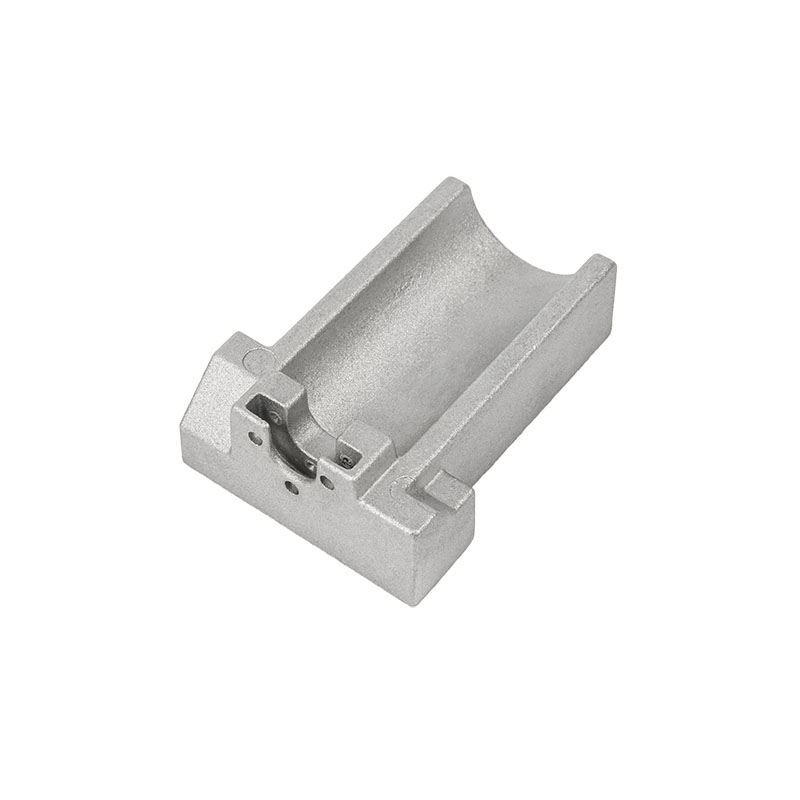Crafting Excellence: Factors to Consider When Selecting a Die Casting Method for Zinc Alloy Parts
2023-12-25
Introduction:
In the dynamic world of manufacturing, where precision and efficiency are paramount, the choice of a die casting method becomes a pivotal decision. When it comes to crafting zinc alloy parts, selecting the right die casting method is akin to choosing the perfect instrument for a symphony. In this blog, we will explore the critical factors that manufacturers consider when selecting a die casting method for zinc alloy parts, ensuring a harmonious blend of efficiency, quality, and cost-effectiveness.
1. Complexity of Part Design:
- Consideration: The intricacy of the part design is a crucial factor. For highly complex or intricate designs, processes like high-pressure die casting (HPDC) or multi-slide die casting may be preferred to accurately replicate fine details.
2. Production Volume:
- Consideration: The anticipated production volume plays a significant role in selecting the appropriate die casting method. High-pressure die casting is often favored for large-scale production, while processes like gravity die casting or low-pressure die casting may be more suitable for smaller runs.
3. Tolerance and Precision Requirements:
- Consideration: For parts that demand tight tolerances and exceptional precision, methods like high-pressure die casting excel in delivering accuracy and consistency. The choice of die casting method should align with the required dimensional specifications.
4. Material Properties and Alloy Composition:
- Consideration: The specific properties of zinc alloys, along with their composition, influence the choice of die casting method. Certain alloys may perform optimally with processes like hot chamber die casting, while others may benefit from cold chamber die casting.
5. Surface Finish and Coating Requirements:
- Consideration: If the finished parts require specific surface finishes or coatings, the die casting method should be selected accordingly. Processes like vacuum die casting or processes allowing for secondary treatments may be preferred for achieving desired aesthetics.
6. Casting Size and Weight:
- Consideration: The size and weight of the cast parts influence the die casting method selection. Larger and heavier parts may be efficiently produced using processes like low-pressure die casting or gravity die casting.
7. Mold Life and Tooling Costs:
- Consideration: The expected mold life and associated tooling costs are significant considerations. Processes like die casting with permanent molds may have higher initial tooling costs but can provide cost advantages over the long term.
8. Casting Integrity and Porosity Control:
- Consideration: For parts requiring exceptional structural integrity and minimal porosity, methods like vacuum die casting or processes with controlled atmosphere environments may be selected to ensure high-quality castings.
9. Energy Efficiency:
- Consideration: The energy efficiency of the die casting method is an increasingly important consideration for sustainable manufacturing. Processes with lower energy consumption may be preferred in alignment with environmental goals.
Conclusion:
Selecting the right die casting method for zinc alloy parts is a nuanced decision that requires a careful examination of multiple factors. By considering the complexity of part design, production volume, tolerance requirements, material properties, and other key considerations, manufacturers can ensure a seamless integration of die casting methods that align with their specific goals for efficiency, quality, and sustainability. The artistry lies in striking the perfect balance that transforms raw materials into precision-crafted zinc alloy components.



